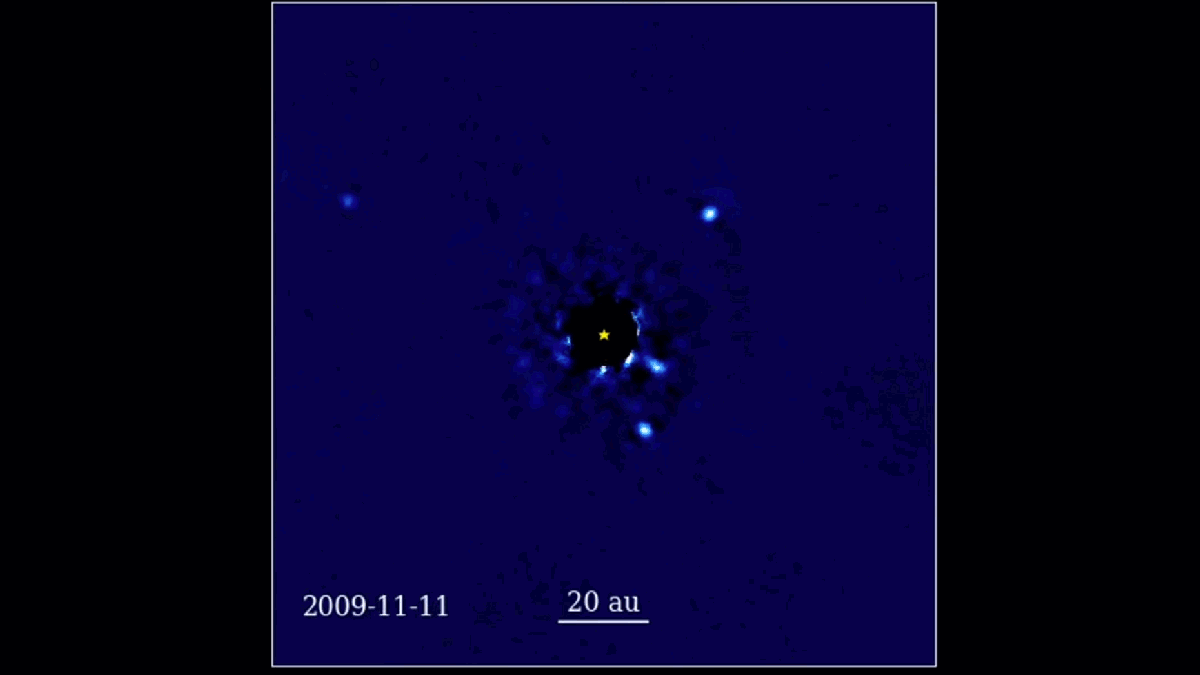
استخدمت الأجهزة الكهروحرارية السابقة مكونات باهظة الثمن وسامة. ابتكر العلماء الآن بلورات رخيصة مصنوعة من النحاس والمنغنيز والجرمانيوم والكبريت قادرة على تحويل الحرارة إلى كهرباء.
معدن كبريتيد اصطناعي بخصائص كهروحرارية.
في محاولة لتحويل الحرارة بكفاءة إلى كهرباء ، تفتح المواد التي يسهل الوصول إليها من المواد الخام غير الضارة آفاقًا جديدة فيما يسمى بالمواد الكهروحرارية الآمنة والرخيصة. يمكن أن يكتسب خام النحاس الاصطناعي نسيجًا معقدًا وبنية مجهرية من خلال تغييرات بسيطة في تركيبته ، وبالتالي وضع الأساس للخصائص المرغوبة ، وفقًا لدراسة نُشرت مؤخرًا في المجلة. فقط تعال هناك.
تتكون المادة الاصطناعية الجديدة من النحاس والمنغنيز والجرمانيوم والكبريت ويتم إنتاجها في عملية بسيطة للغاية ، كما يشرح الباحث في المركز الوطني للبحث العلمي (CNRS) إيمانويل جيلمو من مختبر كريسمات في فرنسا ، المؤلف المقابل للدراسة. . “المساحيق يتم طحنها ميكانيكيًا بالكرة لتشكيل مرحلة ما قبل التبلور ، والتي يتم تكثيفها بعد ذلك عند 600 درجة.[{” attribute=””>Celsius. This process can be easily scaled up,” he says.
Thermoelectric materials convert heat to electricity. This is especially useful in industrial processes where waste heat is reused as valuable electric power. The converse approach is the cooling of electronic parts, for example, in smartphones or cars. Materials used in these kinds of applications have to be not only efficient, but also inexpensive and, above all, safe for health.
However, thermoelectric devices used to date make use of expensive and toxic elements such as lead and tellurium, which offer the best conversion efficiency. To find safer alternatives, Emmanuel Guilmeau and his team have turned to derivatives of natural copper-based sulfide minerals. These mineral derivatives are mainly composed of nontoxic and abundant elements, and some of them have thermoelectric properties.
Now, the team has succeeded in producing a series of thermoelectric materials showing two crystal structures within the same material. “We were very surprised at the result. Usually, slightly changing the composition has little effect on the structure in this class of materials,” says Emmanuel Guilmeau describing their discovery.
The team found that replacing a small fraction of the manganese with copper produced complex microstructures with interconnected nanodomains, defects, and coherent interfaces, which affected the material’s transport properties for electrons and heat.
Emmanuel Guilmeau says that the novel material produced is stable up to 400 degrees Celsius (750 degrees Fahrenheit), a range well within the waste heat temperature range of most industries. He is convinced that, based on this discovery, novel cheaper, and nontoxic thermoelectric materials could be designed to replace more problematic materials.
Reference: “Engineering Transport Properties in Interconnected Enargite-Stannite Type Cu2+xMn1−xGeS4 Nanocomposites” by Dr. V. Pavan Kumar, S. Passuti, Dr. B. Zhang, Dr. S. Fujii, K. Yoshizawa, Dr. P. Boullay, Dr. S. Le Tonquesse, Dr. C. Prestipino, Prof. B. Raveau, Prof. P. Lemoine, Dr. A. Paecklar, Dr. N. Barrier, Prof. X. Zhou, Prof. M. Yoshiya, Dr. K. Suekuni, Dr. E. Guilmeau, 13 September 2022, Angewandte Chemie International Edition.
DOI: 10.1002/anie.202210600
Funding: Agence Nationale de la Recherche, Horizon 2020 Framework Programme, Japan Society for the Promotion of Science










